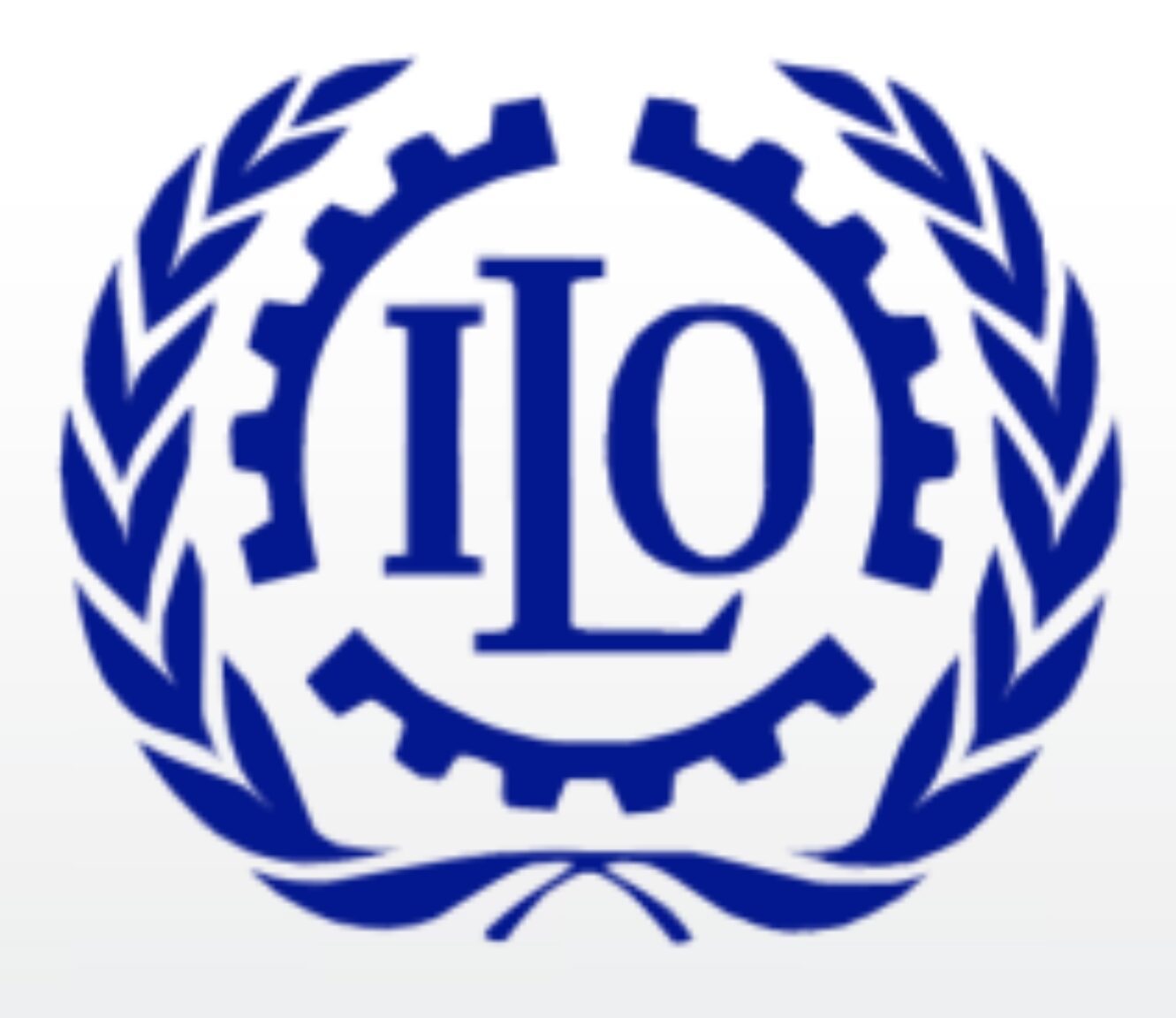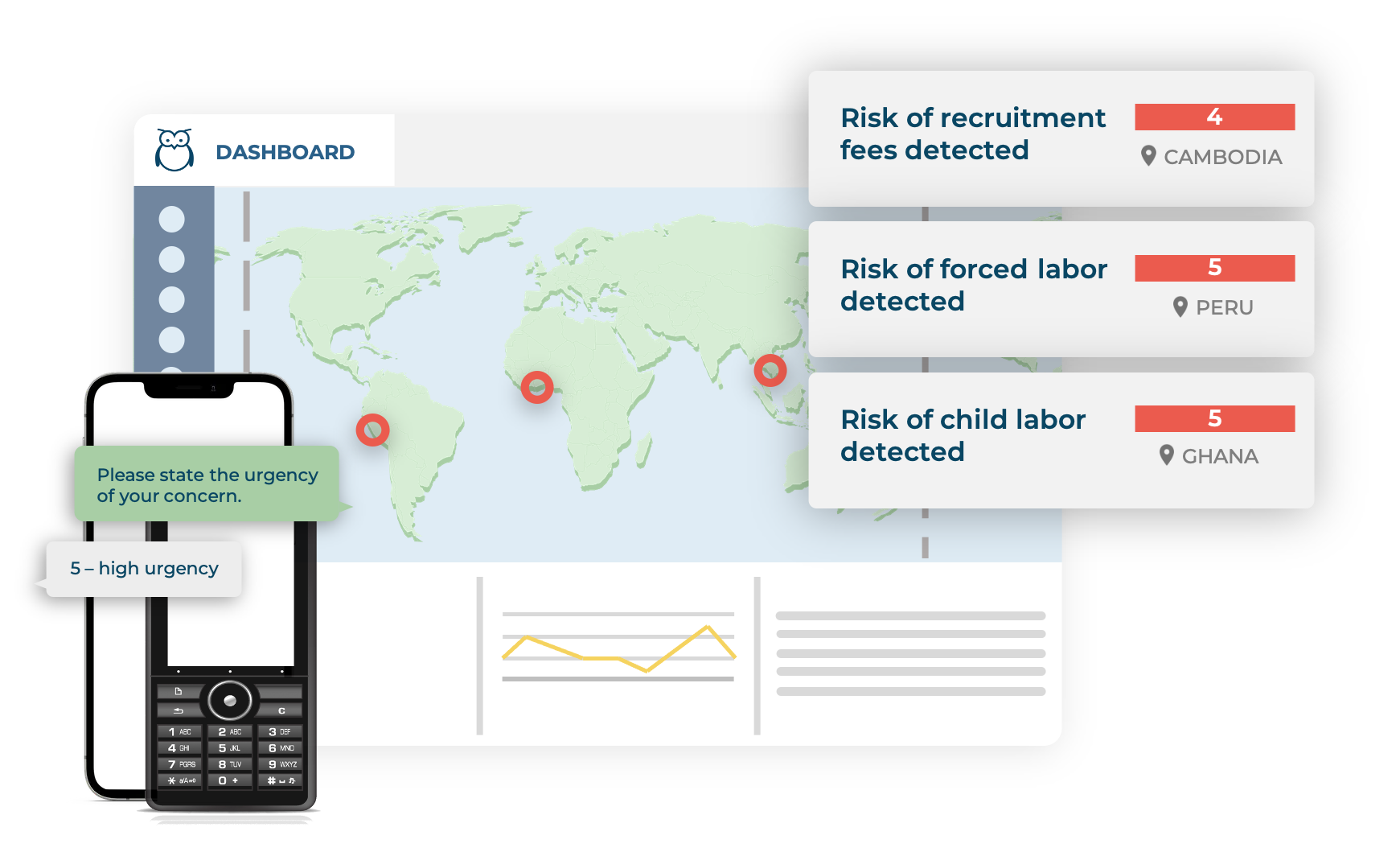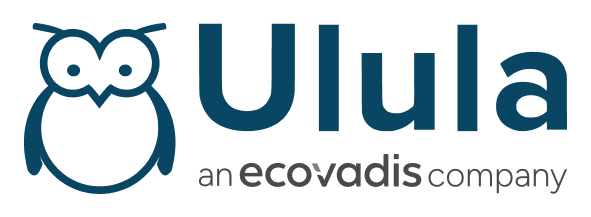According to the ILO, 160m children between the ages of 5 and 17 suffer conditions of child labor globally, which accounts for one out of every ten children in the world. It’s often the most vulnerable children, migrants, orphans, and those separated from their parents, that are at the highest risk of child labor. From mining, to agriculture, the production of technological goods, and in toy production, child labor is a pervasive presence in global supply chains.

Source: The United Nations
In the US, the number of violations has increased since 2015, along with the number of fines and the amount of investigations. Institutional Shareholder Services, found the US, besides Turkey, to be the only OECD country with active child labor cases. A recent New York Times report has renewed focus on child labor with an eye on the failures of private auditors that rely on in-person visits to suppliers.
The Private Sector has a Role and a Responsibility in Ending Child Labor
Last year, the New York Times spoke to 100 migrant workers across 20 states. They found that migrant worker children were entering the US in large numbers and carrying out illegal and dangerous work for a number of household names and Fortune 100 companies. The question of child labor in the US seems to be one of where and to what extent, rather than if.

Source: The US Dept of Labor
The number of unaccompanied children entering the United States reached 130,000 in 2022. From 2018 to 2023, the USA Department of Labor reported a 69% increase in children being employed illegally by domestic companies. In 2023, 835 companies in the US were found to be employing children in violation of local labor laws. Without more scrupulous monitoring and auditing processes, household name brands are exposed to risk in their supply chain, while abuses against children are allowed to continue, unnoticed and unsolved.
The growth in outsourcing practices that emerged in the 1970s has left companies at risk of enabling child labor, as it has distanced them from the workers that make the products they sell. The combination of vulnerable child and migrant worker populations, extreme economic conditions in neighboring countries, and employment providers with low accountability leaves companies at risk of enabling child labor.
Companies Will be Held Accountable
The US’s national laws on child labor are clear, if not light touch; the Fair Labor Standards Act excludes agricultural work. At the federal level, a number of states have enacted or considered laws that would lower existing child labor standards. The law has failed to incentivise a holistic approach to transparency and accountability over supply chain child labor. Without a mandate on how US companies approach HRDD, there’s no level playing field where industry-wide best practices can develop.
In response to the recent spate of cases, the US Government has pledged to apply more scrutiny to companies associated with illegal child labor. They’ve also called for increased financial penalties, and established a task force, among other measures.
 Globally, there are signs that the tide is turning. The European Union’s mandatory Corporate Sustainability Due Diligence Directive (CS3D) covers many EU companies, and companies trading in the EU, to implement effective human rights due diligence (HRDD) processes along the supply chain. The Corporate Sustainability Reporting Directive (CSRD) will require companies to report on their efforts to identify, assess and mitigate child labor and other social risks that result from their business activities. The law will affect US companies that trade in the EU and meet the thresholds, as well as US companies that supply EU companies implementing the law.
Globally, there are signs that the tide is turning. The European Union’s mandatory Corporate Sustainability Due Diligence Directive (CS3D) covers many EU companies, and companies trading in the EU, to implement effective human rights due diligence (HRDD) processes along the supply chain. The Corporate Sustainability Reporting Directive (CSRD) will require companies to report on their efforts to identify, assess and mitigate child labor and other social risks that result from their business activities. The law will affect US companies that trade in the EU and meet the thresholds, as well as US companies that supply EU companies implementing the law.
Child labor in global supply chains is no longer just a dirty secret; governments, the media and auditors are becoming increasingly aware of its commonality. The direction is clear; companies need stricter, more effective safeguards and stronger monitoring processes.
Adopt the Right Practices to Combat Child Labor in the US
The ILO-IOE Child Labour Guidance Tool for Businesses and the Due Diligence Principles for Child Labour Remediation provide concrete first steps businesses can take on their journey to identifying, assessing and eradicating child labor from their supply chains. These include:
- Publicly establishing a child labour policy
- Implementing multi-tiered supply chain monitoring capacity in all sourcing countries
- Ensuring monitoring programmes are adapted to supply chain risks and structures
Research covering 2,500 companies across nine industries conducted by the Global Child Forum shows that 57% of companies already have some form of policy on child labor. While this isn’t enough, global awareness is growing, so why aren’t current auditing policies working?
Self assessment questionnaires and single-day audits are commonplace methods of risk identification across various industries, but these tools have had limited impact. These questionnaires provide a snapshot, but aren’t always reliable. Auditors aren’t always on-site when it matters. Many sites operate 24 hours, and audits that take place in daylight will often miss exploitation that happens after dark. Audits are also often applied selectively as the cost of regular audits along opaque and lengthy supply chains would be unrealistic for companies to bear. Weak auditing policies provide an opportunity for window dressing by audited factories, and can open the door to fraud and corruption.
This is why active engagement with affected communities is essential to root out child labor. Building processes to effectively combat child labor in the supply chain means moving beyond spot-audits to establish child labor due diligence systems that all workers and community stakeholders can access 24/7, without fear of retaliation. Given that child labor in the US is such a complex problem, local stakeholder engagement like the National Human Trafficking Hotline is key to establishing effective and sustainable approaches to monitoring and mitigating risk.
To reach the most vulnerable, companies need to implement a human rights due diligence policy throughout their supply chain with specific measures to manage child labor risks. Companies need tools that can be applied at scale, are ‘always on,’ accessible to potential child labor victims, stakeholders, and whistleblowers, and which penetrate deep into the supply chain.
How Digital Worker Voice Technology Can Augment Efforts to Combat Child Labor in US Supply Chains
The OECD has acknowledged the potential of technology-enabled worker voice tools that enable real-time monitoring. Carrying out a digital child labor risk assessment is the starting point for identifying child labor risks in your supply chain.
Digital surveys, sent directly to workers’ mobile phones, accessible via web-app, or offline voice channels, enable companies to gather anonymous, real-time and regular feedback on child labor risks from those with their feet firmly on the factory or farm floor, and their ears on the ground.
Digital surveys can be tailored to approach specific issues, with questions that follow international standard indicators on child labor, and other human and labor rights risks. The ability to engage large numbers of workers across multiple locations allows for scalable, cost effective feedback on actual child labor risks.

Ulula’s grievance mechanism provides an anonymous communication channel with workers.
Many migrant children working in the US are unable to go to school and learn English as they need to work full-time. Such complexities are why Ulula makes accessibility a priority, with a commitment to making its surveys available in any language, and on any phone. Ulula’s digital tools provide space for victims to come forward anonymously. Their messages are auto-translated for designated case managers, breaking down barriers and enabling real-time, two way communication.
Ulula’s grievance mechanism provides an anonymous communication channel with workers. It sits within a multi-stakeholder friendly grievance case management system, with a shareable dashboard, data visualization, report generation and early warning features.
These digital tools can be implemented pro-actively, ensuring US brands and suppliers are one step ahead of child labor risks in the supply chain and have full oversight of those risks before they emerge in the press, or in government investigations. Contact us to get started.

